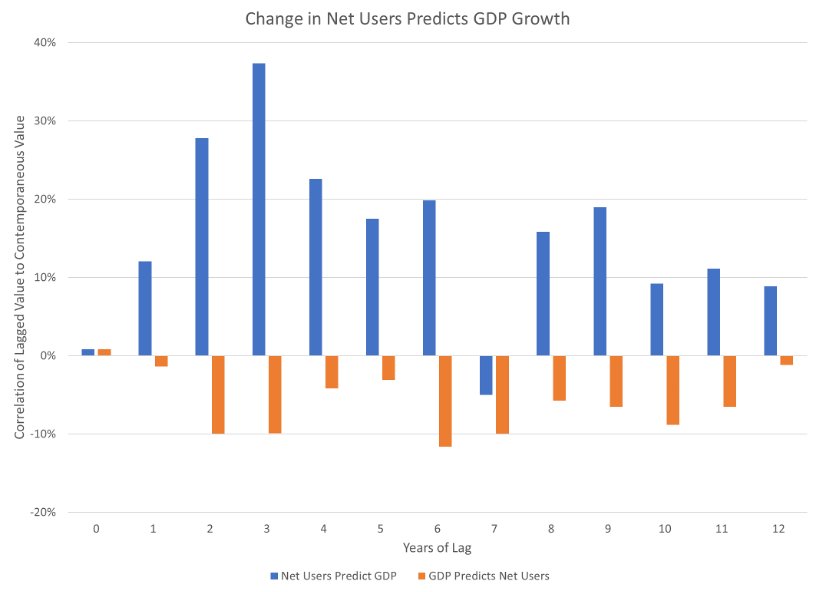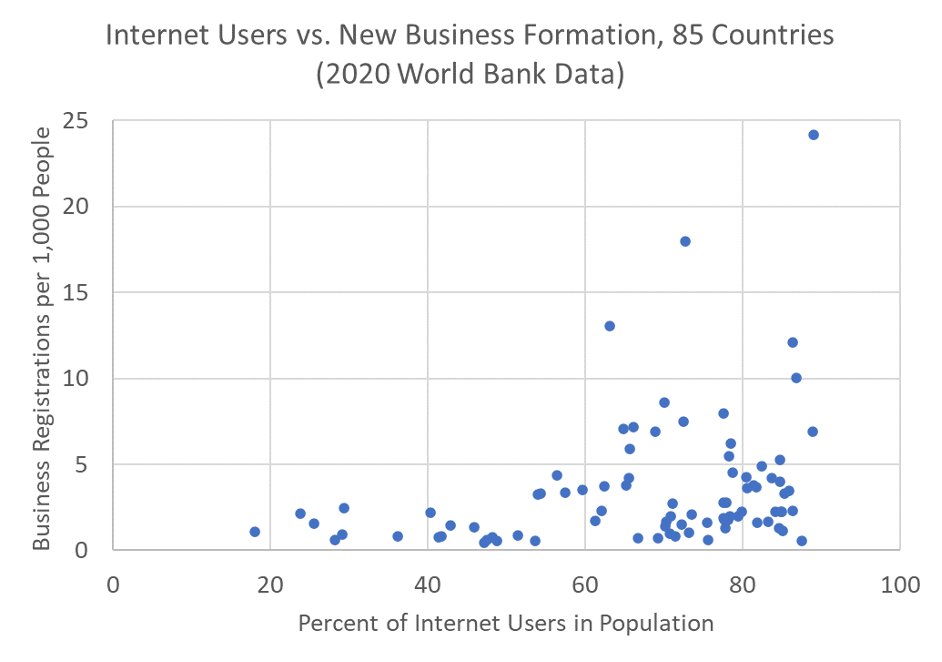

Economic opportunity at home is the only solution.
Bild: JEGAS RA - stock.adobe.com
Migration is overwhelming Europe. Chinese investments in Africa might stop this development. Mobile broadband can turn marginalized people into actors in the global economy.
Bitte beachten Sie die Netiquette-Regeln beim Schreiben von Kommentaren.
Den Prozess der Weltwoche-Kommentarprüfung machen wir in dieser Erklärung transparent.









 David P. Goldman und Uwe Parpart
David P. Goldman und Uwe Parpart 

